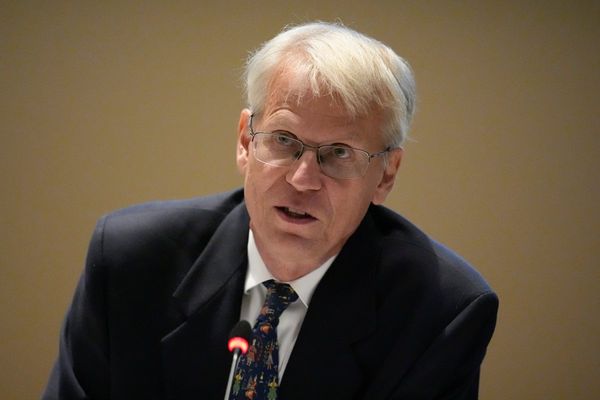What used to be mostly an American league, the NBA is now global in nature. Something that Americans once exported all over the world has now reached every corner through popular culture. Right now, basketball fans everywhere can watch NBA games and see their national heroes among the league’s leading players. The level of refugees in other countries has reached an all-time high and keeps increasing.

International Stars Dominating the League
Nowadays, having international players in the NBA is almost always the case. Within the last decade, Giannis Antetokounmpo from Greece, Nikola Jokić from Serbia, and Joel Embiid from Cameroon have become leaders of the NBA. They are not only athletes — they are the Most Valuable Players, and heroes in the championship games, and lead the teams as top players. Their performances often influence betting odds on platforms like Melbet, where fans worldwide follow and wager on their games with growing interest. Their impact is greater than the talent they have. They showcase a fusion of strong American sports skills, European good habits, and Africa’s strengths. The NBA is filled with game-changers from around the world, and fans love how the sport has become more worldwide.
The Rise of International MVPs
Previously, the majority of MVPs came from the USA, but this isn’t the case anymore. Every MVP player since 2020 was someone from another country. It is not just something symbolic; it really represents a new style and appreciation for the game.
Jokić uses a smart approach that revolves around teamwork, illustrating how European basketball teaches this idea. The way Giannis plays is based on European skills combined with his size and strength. Because of his background in Africa and experience in America, Embiid displays the combination of tough power and perfected skill. Apart from awards, these athletes are making big changes in how the league is run and what is expected.
Coaching, Culture, and Global Tactics
As well as the players, foreign-experienced coaches are adding fresh ideas to how the league is played. Teams that put a strong emphasis on moving the ball and football betting, keeping the court properly spaced, and playing dissectable are becoming more noticeable. Nowadays, European-based tactics in offense and defense, which were considered weak or inappropriate for the NBA, are respected and widely used.
Since people have different ideas, teams are finding new ways of thinking and doing things. Instead of just trying to isolate the best players, team coaches are now focusing on offensive systems that are complex and synergistic.

Global Fanbases and NBA Economics
As teams from different nations participate, more people join their fanbase worldwide. There are many countries in the NBA, and while Canada and Australia have been a central part of it for years, Nigeria, France, and Japan are also starting to build an enthusiastic following.
This type of sport is also a global trend that drives revenues from all kinds of industries. Sales of NBA products, digital programs, and streaming services are contributing a lot to the league’s finances internationally. International games and preseason matches now take place regularly in places such as Paris, Abu Dhabi, and Mexico City. Not only is the NBA outside the US, but it’s also doing exceptionally well there.
Youth Development: The Pipeline Is Thriving
All over the world, aspiring athletes think they can achieve their dreams in the NBA instead of only dreaming about it. Now, basketball is supported by training academies in Africa, top European clubs, and entries from China and the Philippines, so the game is being developed worldwide at a higher level than before.
Victor Wembanyama from France and Josh Giddey from Australia are following a new trend: they are entering the NBA after developing in their home countries instead of attending college in the U.S. The trend of people living apart will get stronger.
Challenges to Navigate
Even with all their achievements, the league has encountered a range of problems across the world. Major difficulties still stand in international players’ way in the U.S., ranging from getting used to other cultures, feeling lonely, dealing with another language, and facing strong public criticism.
The development of players can be affected by visa difficulties, and it’s clear that some countries have not got sufficient support for their young players. Assisting with mental health, guidance through mentorship, and helping youths adjust to their new communities will help new international stars succeed.
American athletes and franchises will not be the only ones that direct the NBA’s growth. It will be shared worldwide, thanks to many kinds of players, numerous fans, and unique styles from all areas.
Since barriers between countries continue to disappear, the NBA shows how sports can be enjoyed by all. The international invasion is happening now, not only in the near future.







